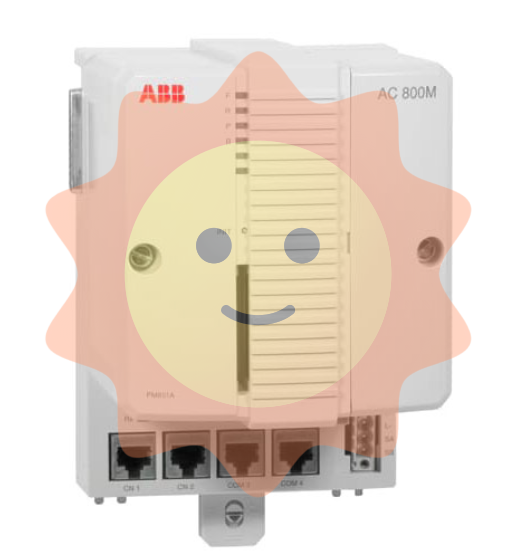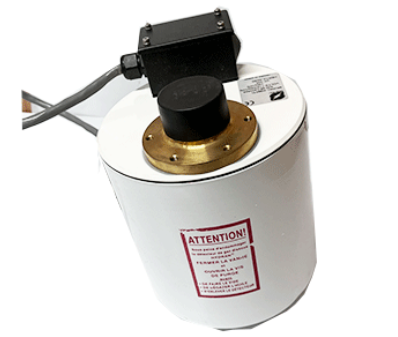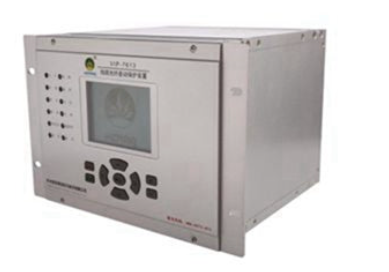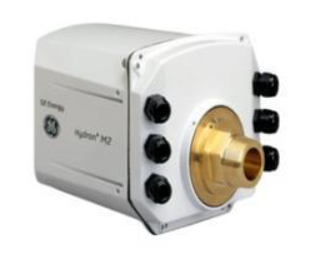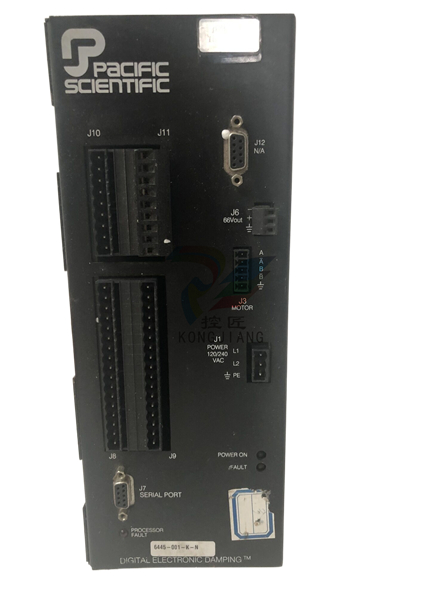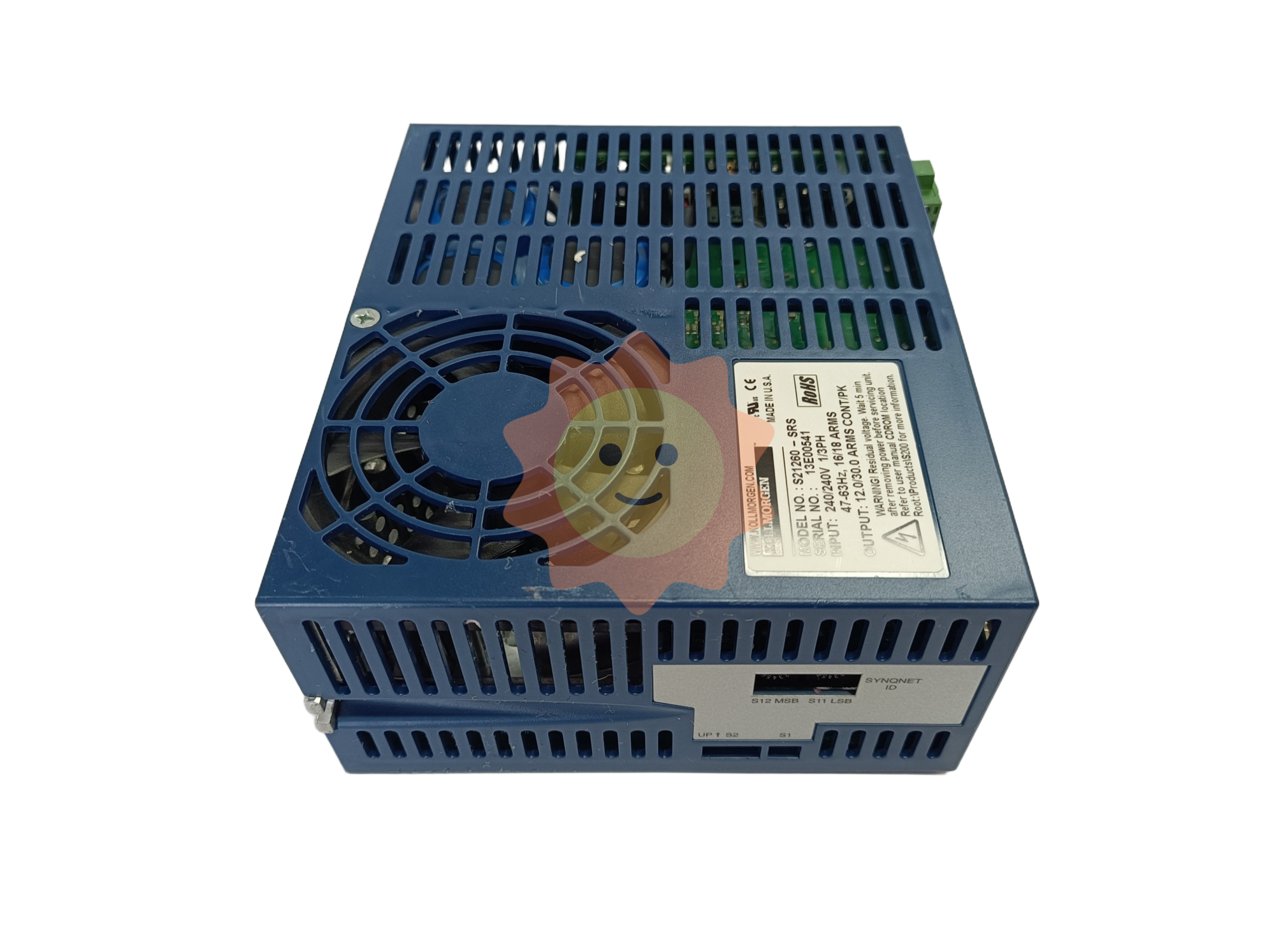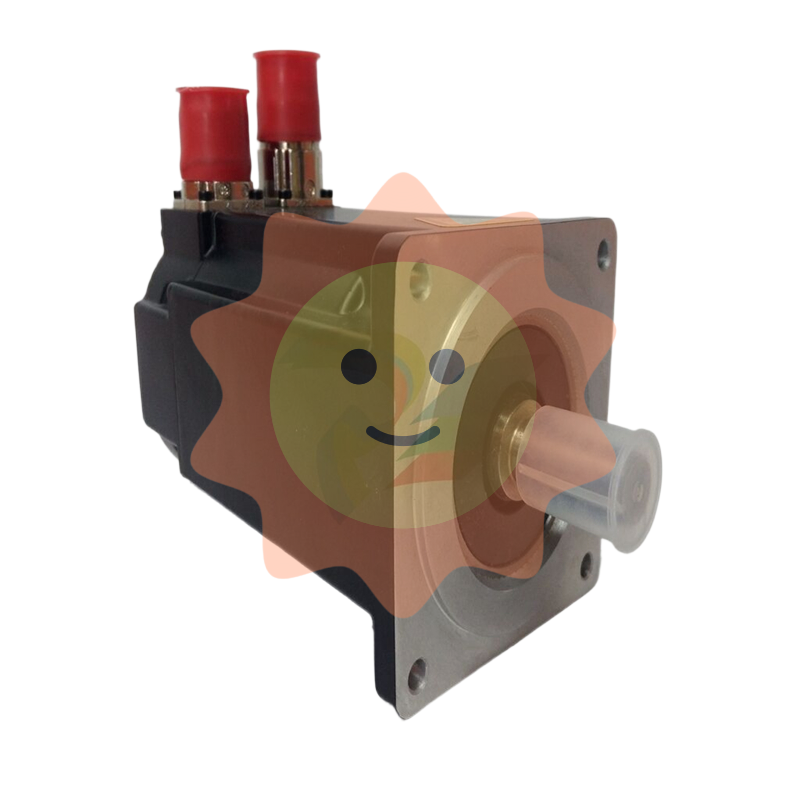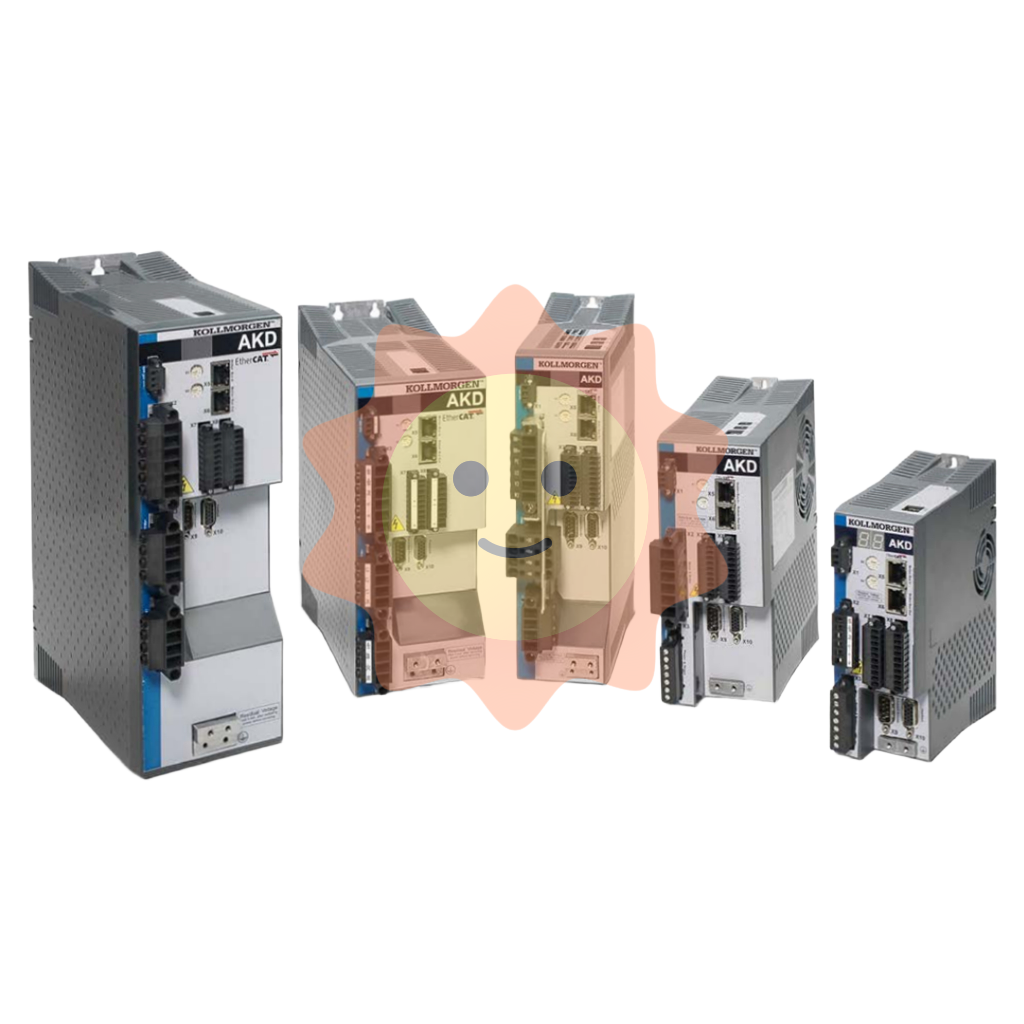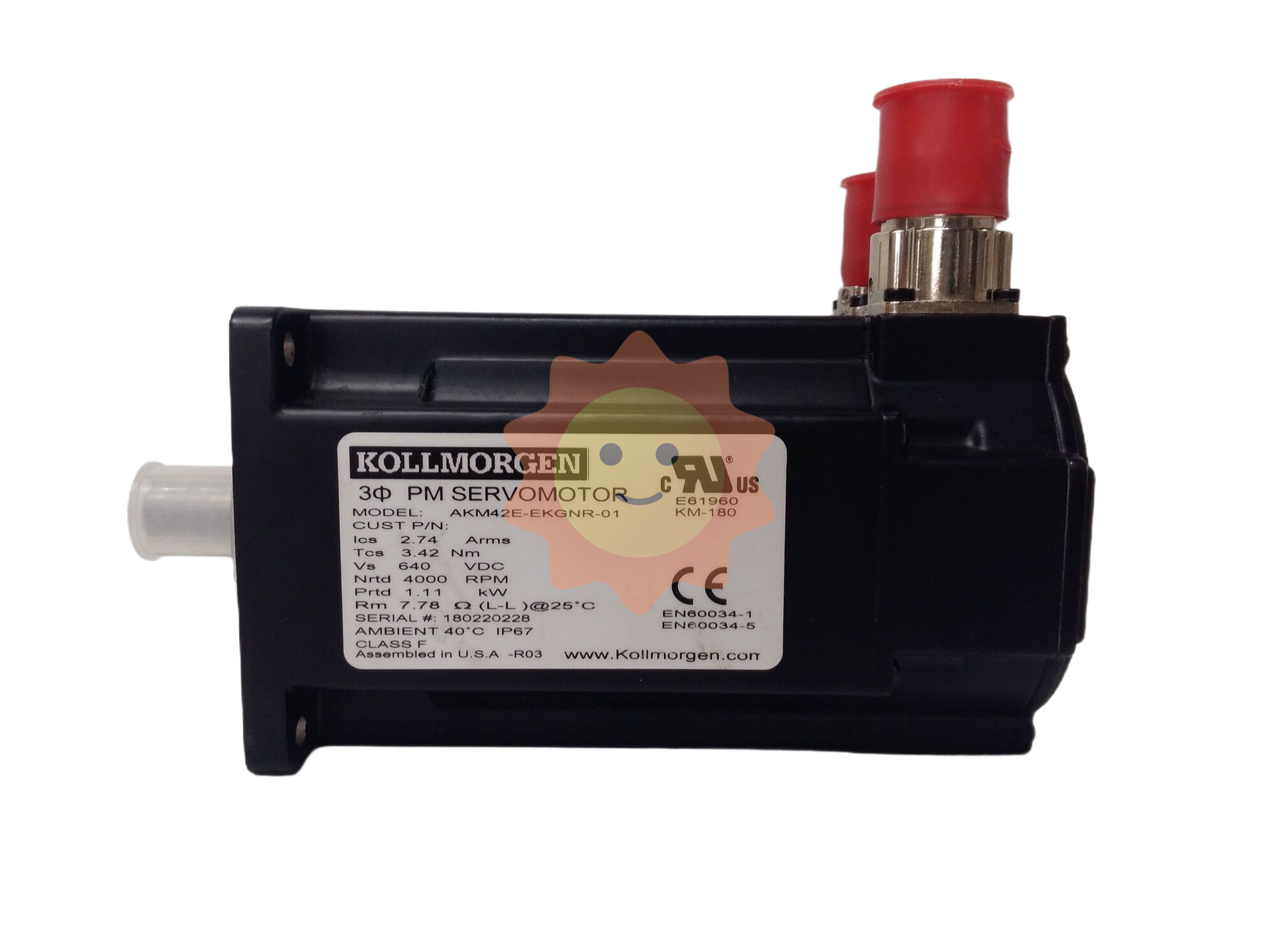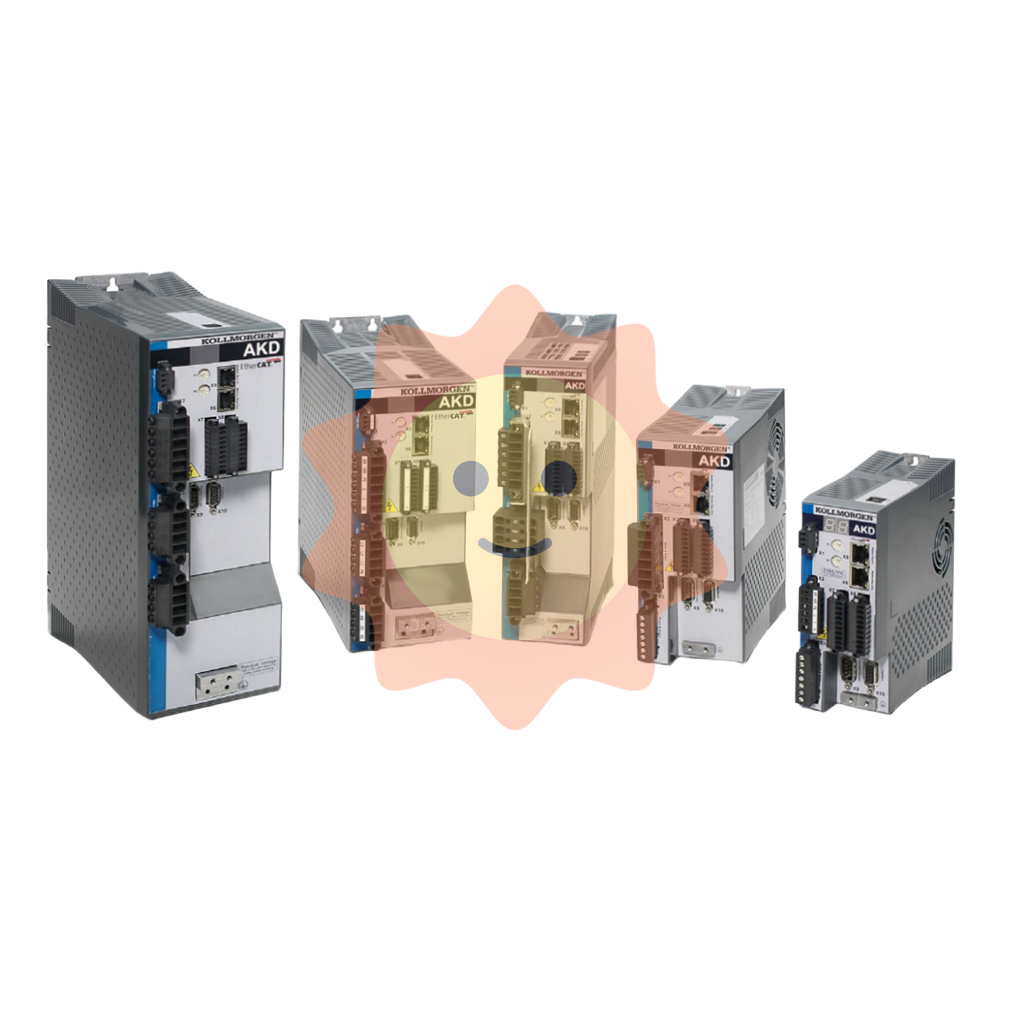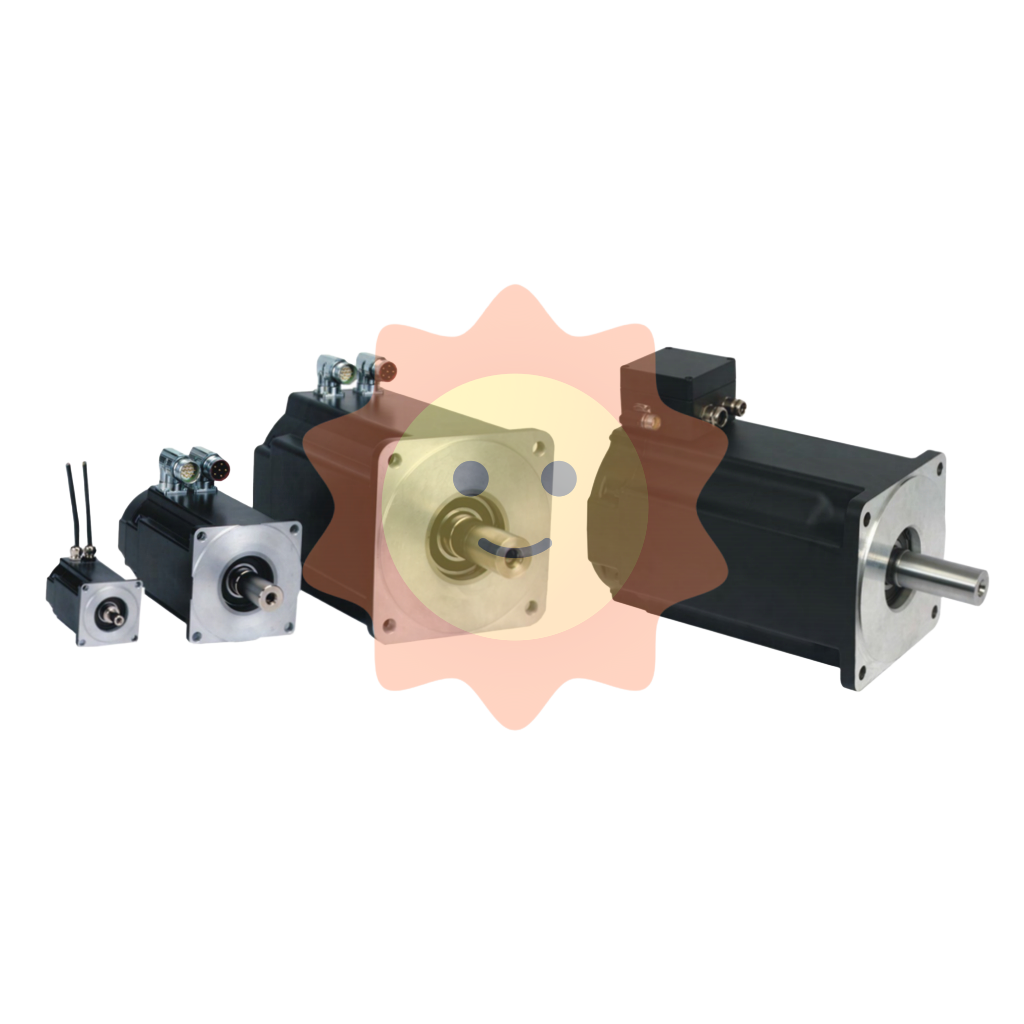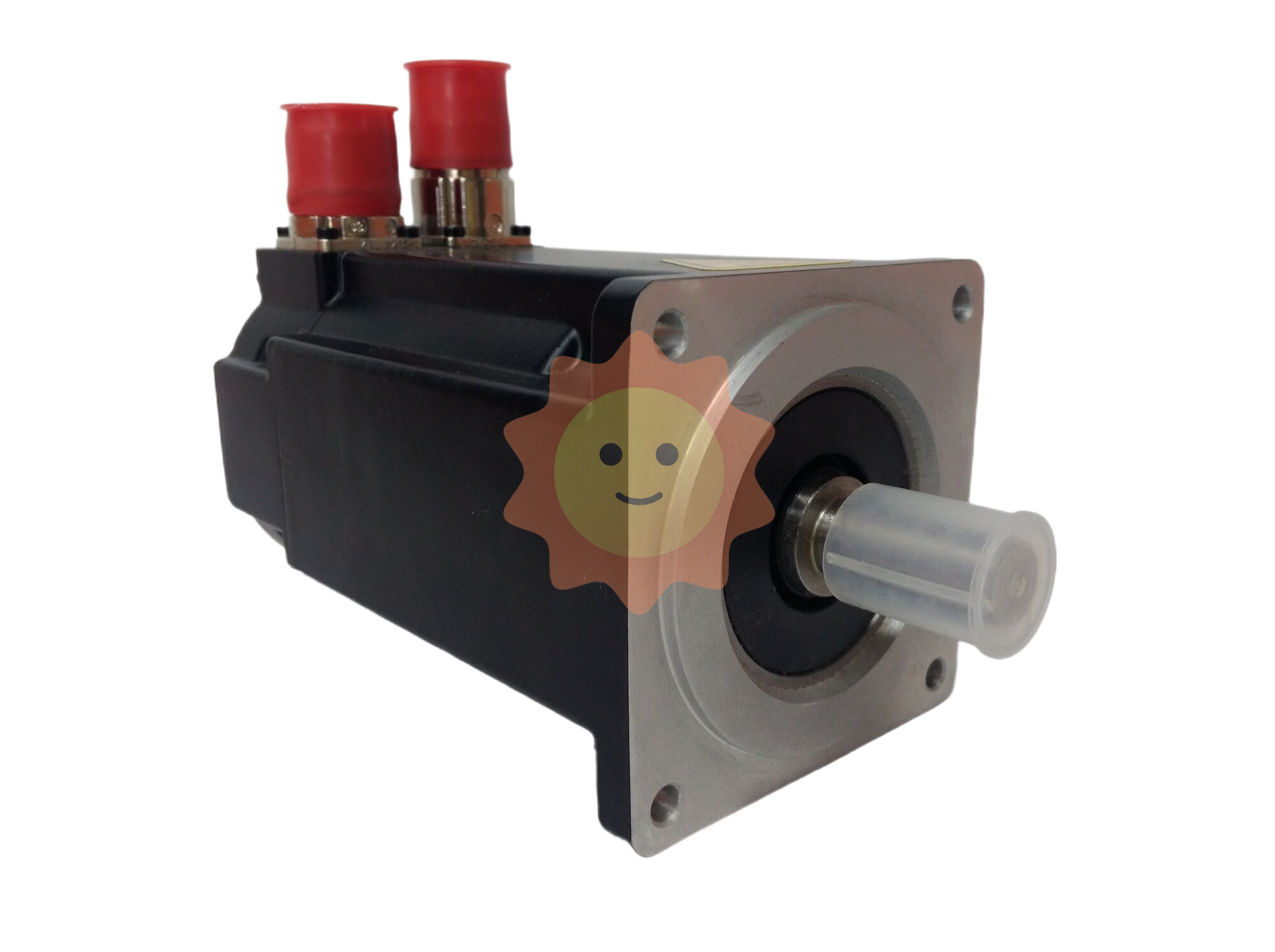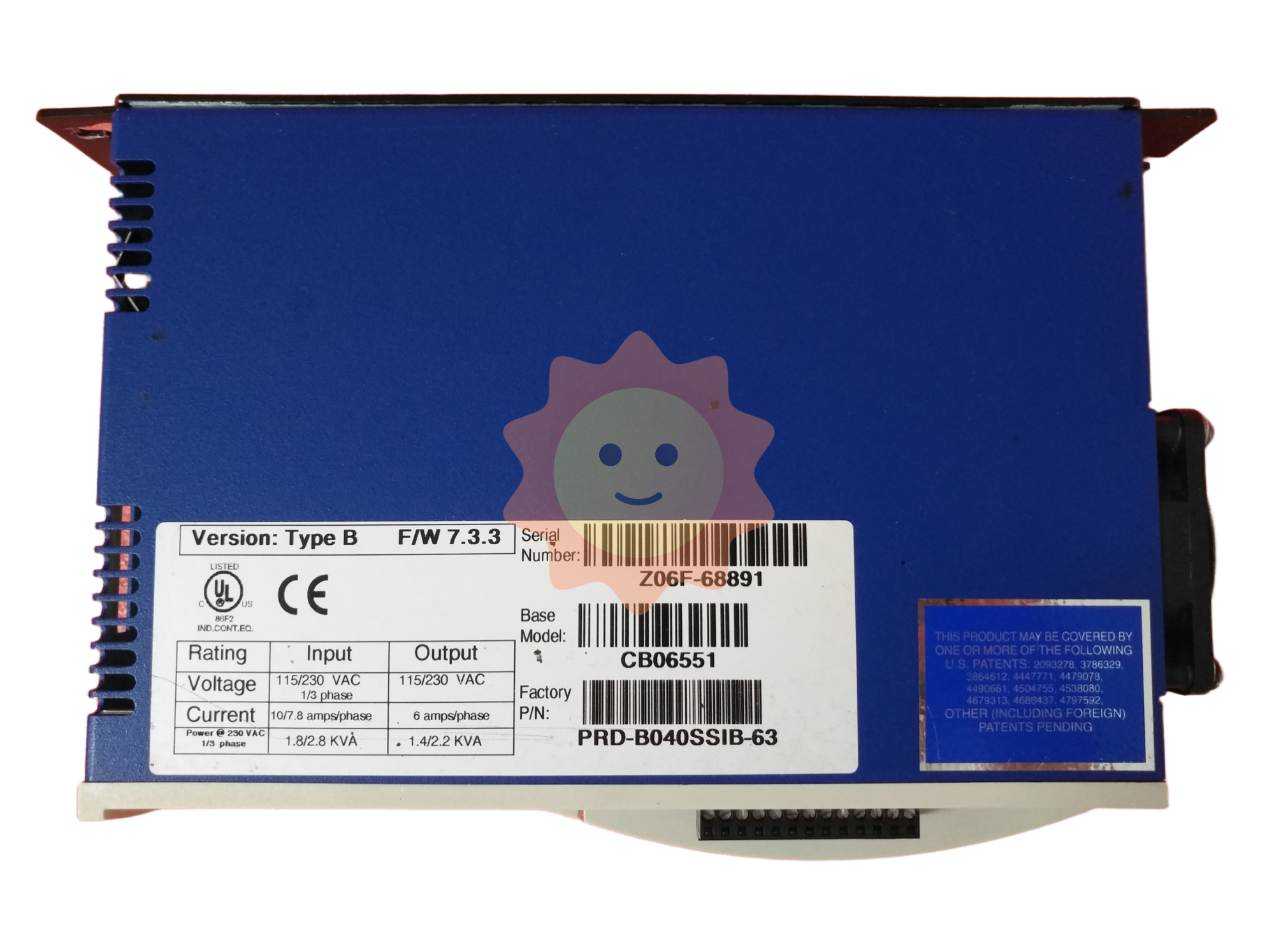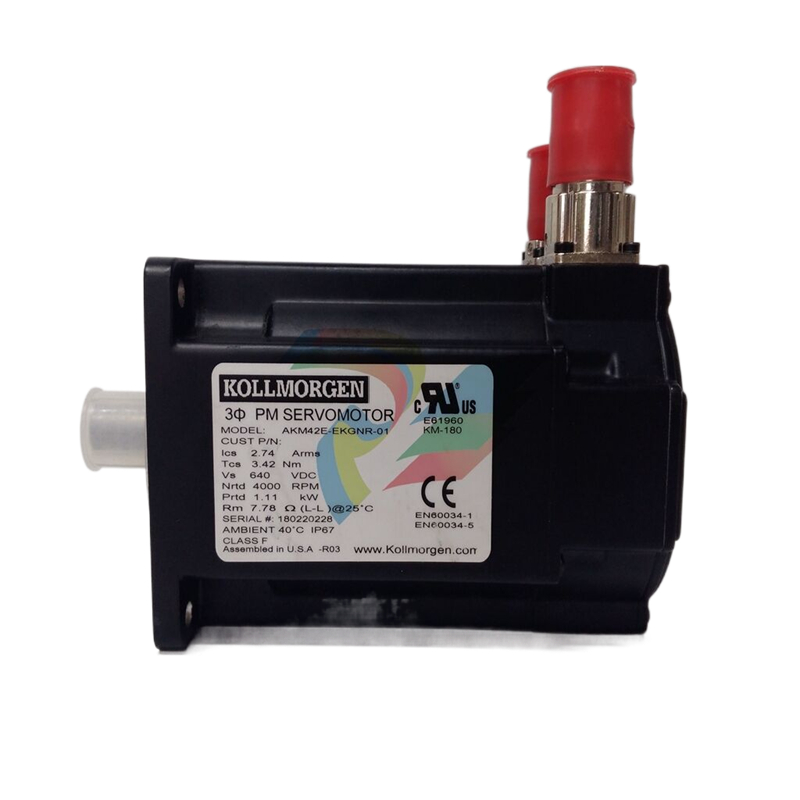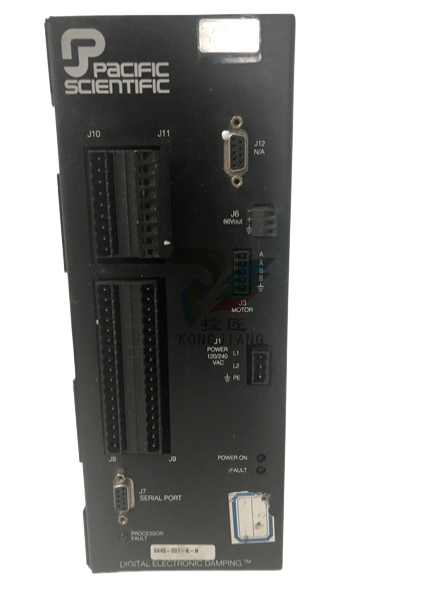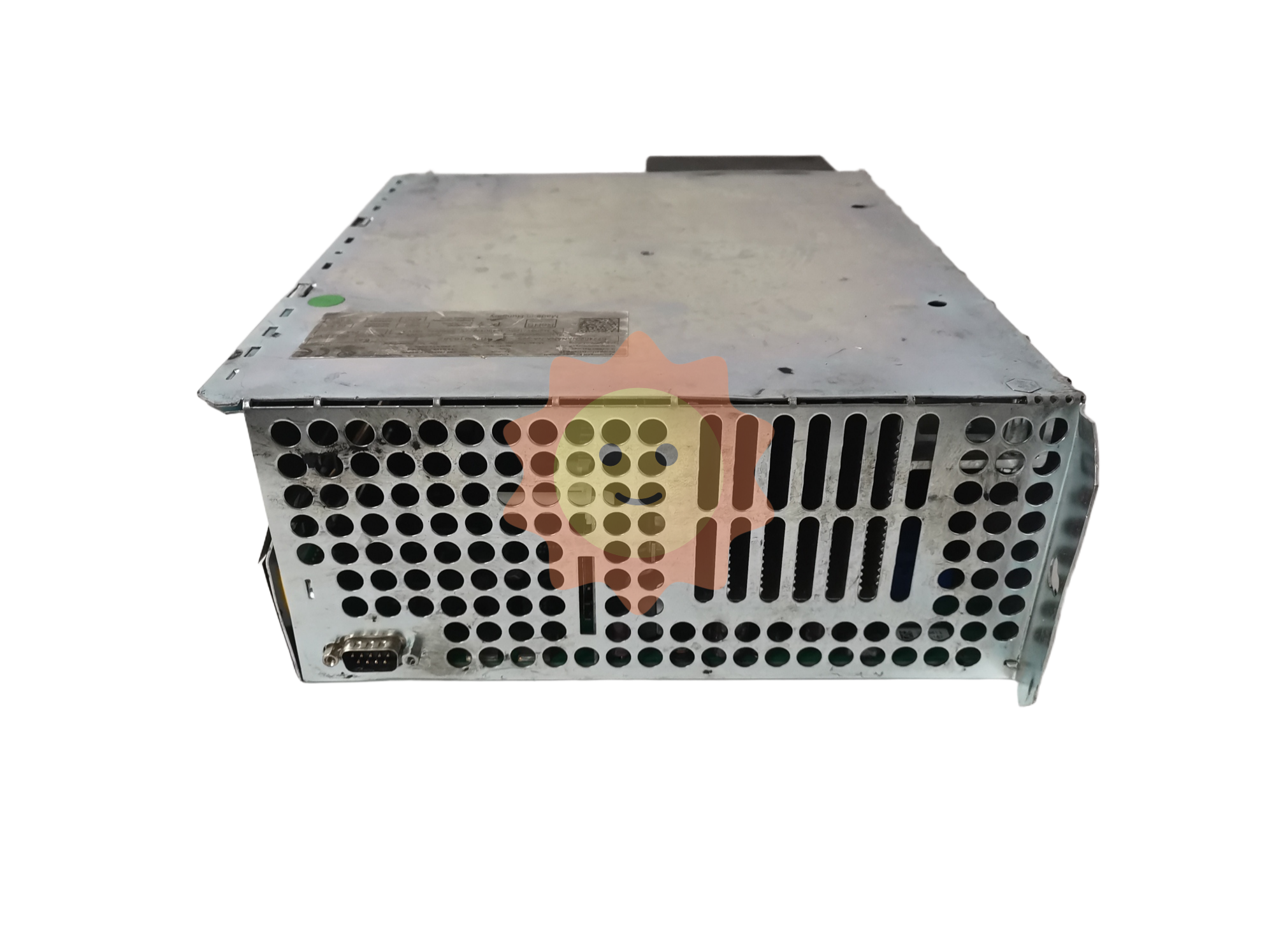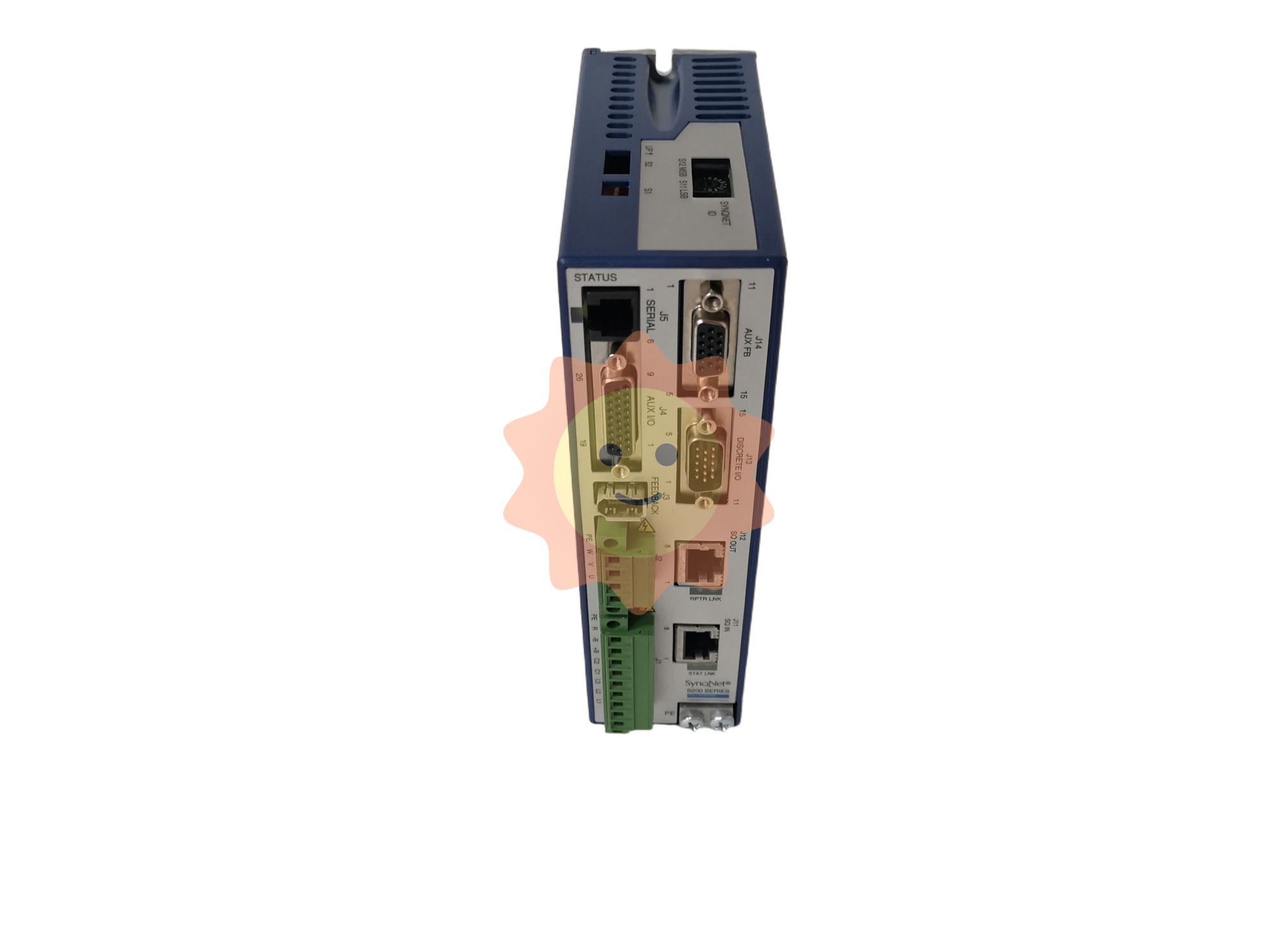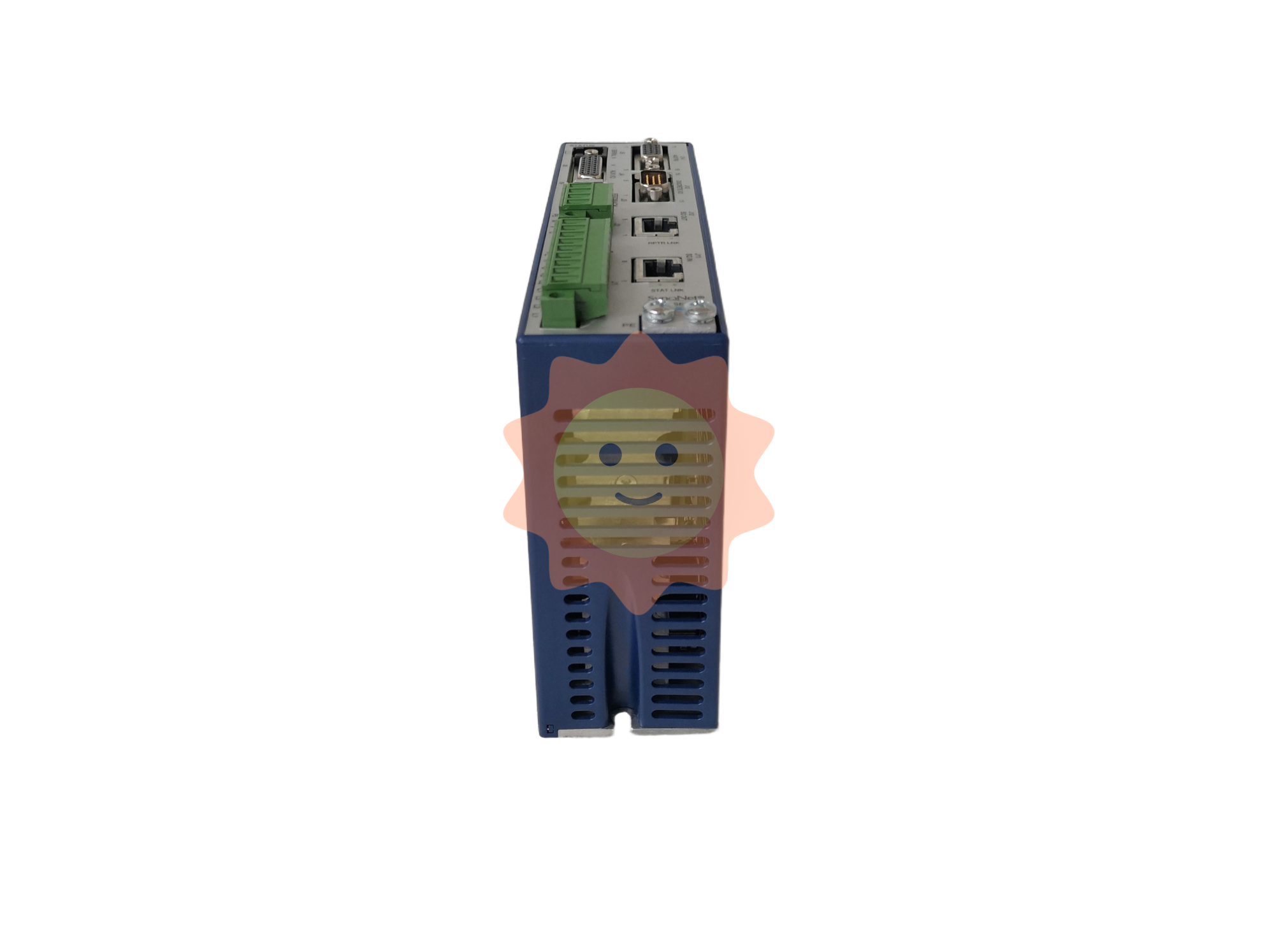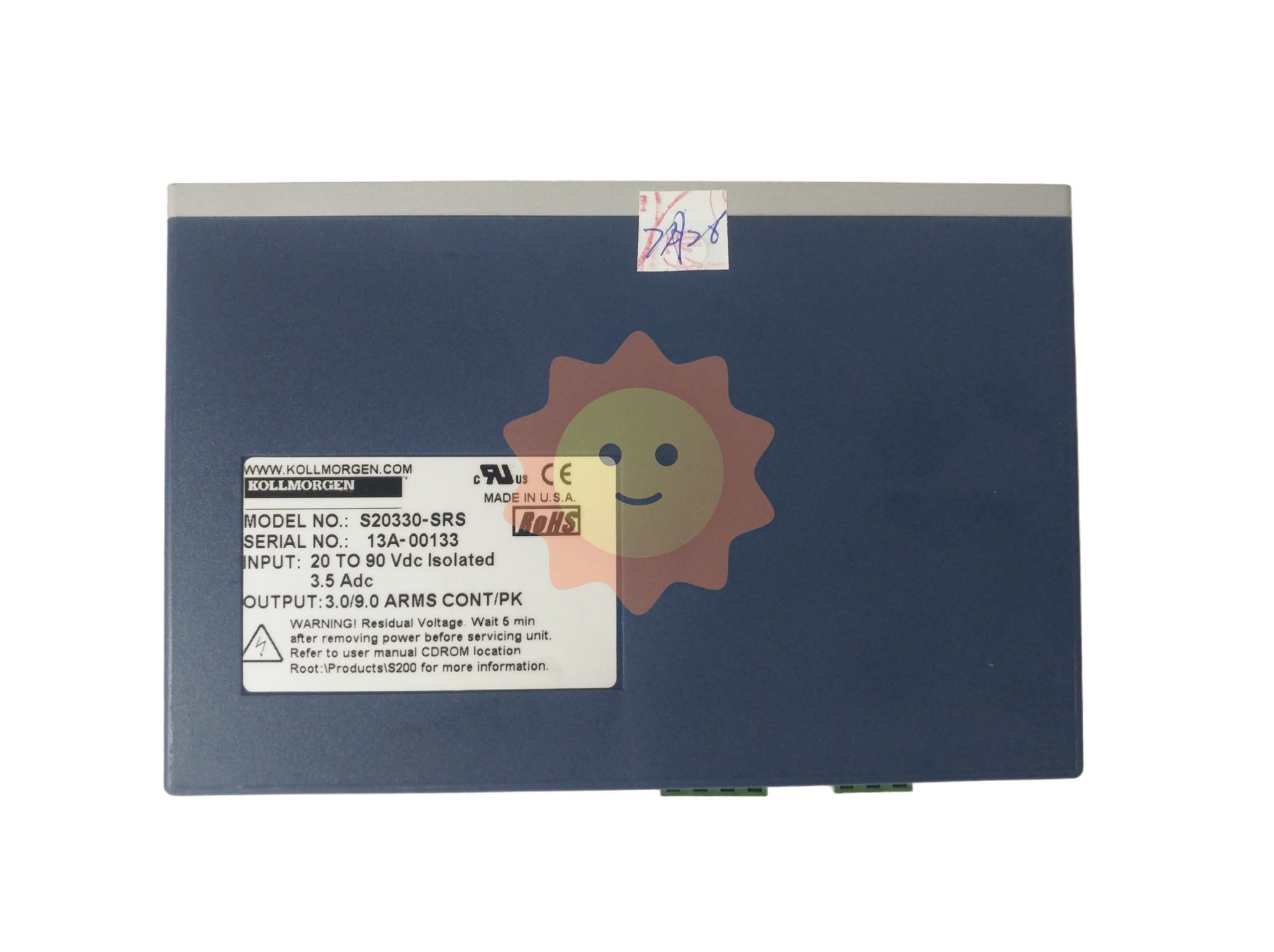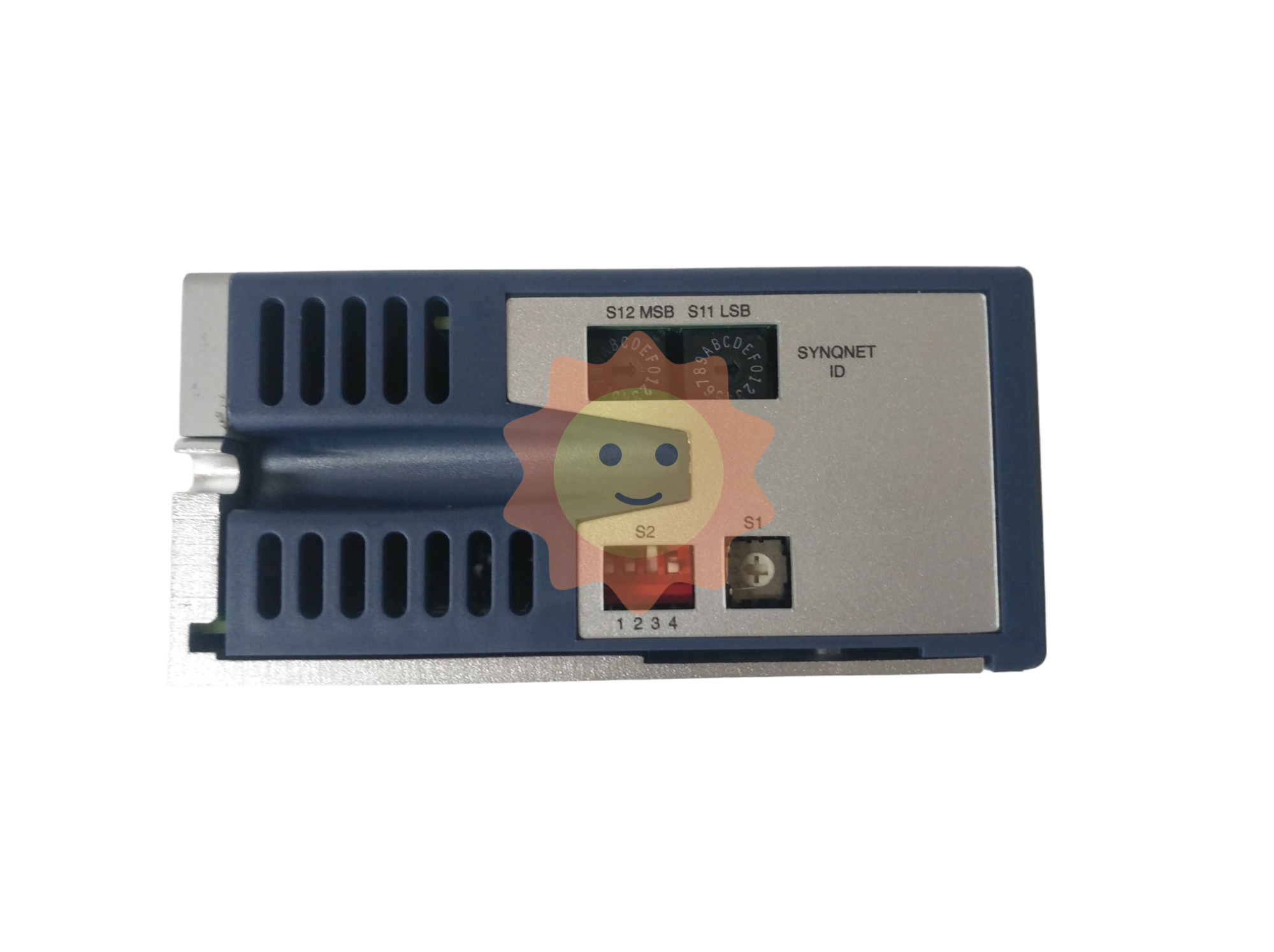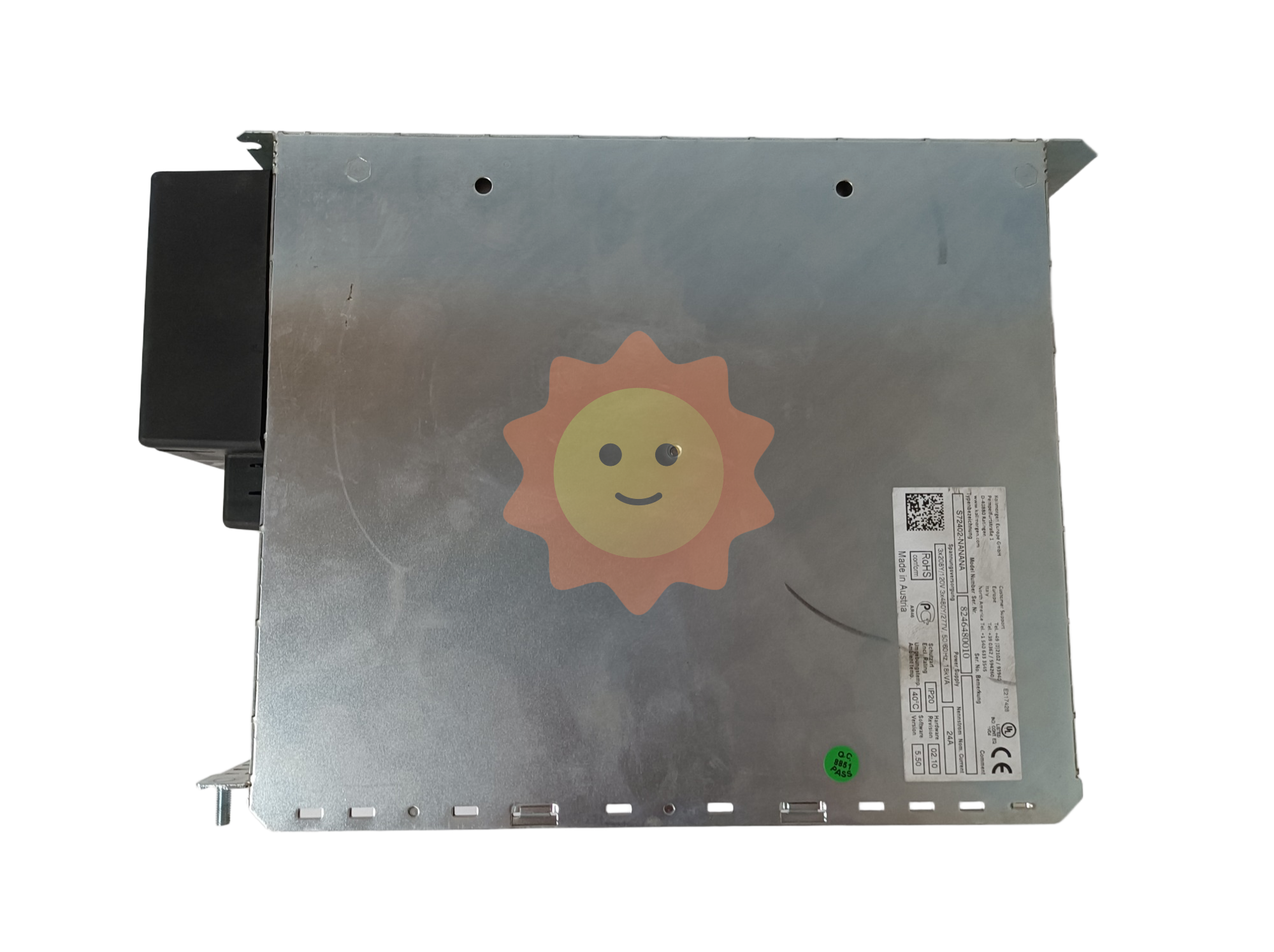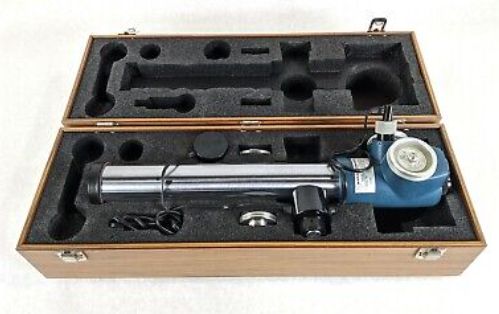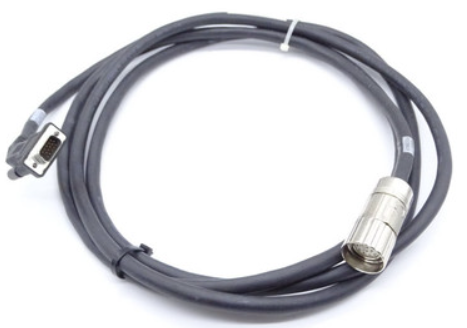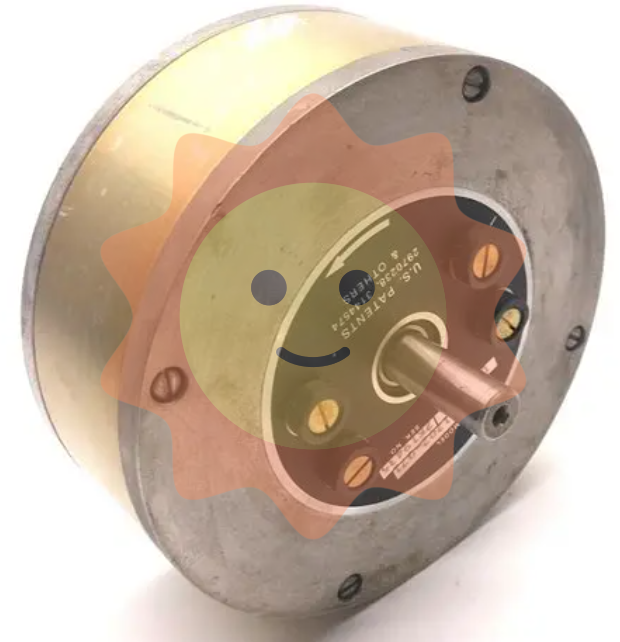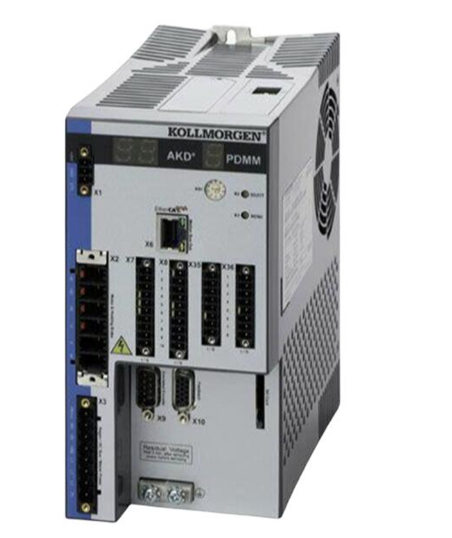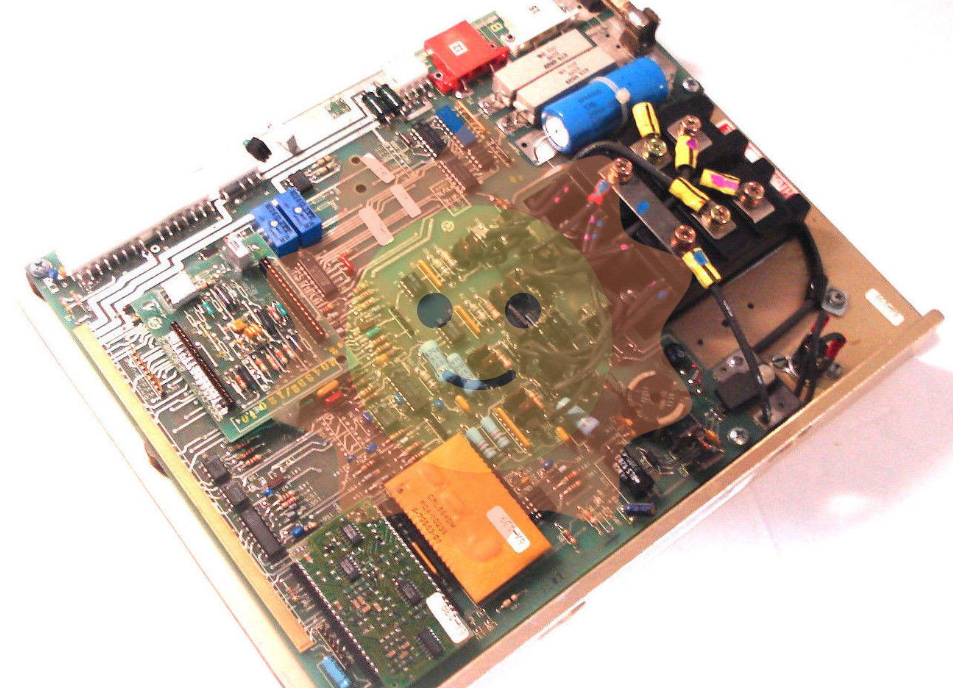Thinking and suggestions on the problem of wastewater treatment resource utilization
Industrial wastewater has the characteristics of complex types, strong pollution, difficult treatment, and great harm, and has always been a headache for environmental protection management departments. The wastewater mainly comes from petrochemical industry, coal mining, paper industry, iron and steel industry, etc. In 2019, the total discharge of industrial wastewater in China was about 25.2 billion tons, and the overall reuse rate was not high, and basically it was a standard discharge.
In 2015, the "Environmental Access Conditions for Modern Coal Chemical Construction Projects" strengthened water-saving measures, reduced the amount of fresh water, and gave priority to the use of mine drainage water and recycled water in areas where conditions were met, and prohibited the use of groundwater as production water. Sea water should be used as circulating cooling water in coastal areas, and water-saving technologies such as air cooling and closed cycle should be preferred in water-scarce areas. The salt sludge produced by wastewater treatment which cannot be used as resources shall be temporarily managed as hazardous waste; Products sold as by-products shall meet the requirements of applicable product quality standards and ensure that they do not create environmental problems when used as products.
From the level of policy control, in November 2016, The General Office of the State Council issued the "Implementation Plan for the Control of Pollutant Emission Permit System", marking the official launch of the reform of China's emission permit system. Since December 2016, The Ministry of Ecology and Environment has successively issued the "Notice on the Implementation of the Comprehensive Emission Plan for Industrial Pollution Sources to meet the Standards", the "Interim Provisions on the Management of Emission Permits", and the "Close thousands of thermal power plants, The paper industry and the Beijing-Tianjin-Hebei pilot city overhead source emission permit management Notice ", "Fixed Pollution Source Emission Permit Classification Management List (2017 edition)", "Emission permit Management Measures (Trial)" and other documents, improve the relevant provisions of the emission permit application, issuance, implementation, supervision of the whole process, and further improve the operability. On April 7, 2017, the first national unified code of pollutant discharge permit was issued by the Ecological Environment Protection Department of Hainan Province. Pollutant discharge permit is the only administrative permit for enterprises and institutions to discharge pollutants during the production and operation period, enterprises and institutions must be certified to discharge pollutants, one enterprise one certificate, and industrial wastewater discharge tends to be standardized. China is accelerating the construction of a new environmental management system based on emission permits, and more than 330,000 certificates will be issued by the end of 2020. The emission permit system will clarify the responsibilities of all parties, strengthen supervision, implement the integrity responsibility of enterprises and the responsibility of law-abiding subjects, and promote enterprises to shift from passive governance to active prevention, thus promoting the development of environmental protection industry and the research and development of new technologies.

In 2017, the Ministry of Industry and Information Technology of the National Development and Reform Commission issued the "Modern Coal Chemical Industry Innovation and Development Layout Plan", "Strengthen the management of the whole water system, encourage the use of waste water, water, mine water reuse technology and air cooling, closed cycle cooling water system and other water-saving technologies, implement strict water quota standards, and constantly reduce the intensity of water resources consumption. Improve utilization efficiency."
In October 2017, the Ministry of Ecology and Environment, the National Development and Reform Commission, and the Ministry of Water Resources jointly issued the "Key River Basin Water Pollution Prevention and Control Plan (2016-2020)", which decomposed the "Ten water quality goals" into each river basin, clarified the key directions of pollution prevention and control in each river basin and the water environment protection priorities in the Beijing-Tianjin-Hebei region and the Yangtze River Economic Belt, and implemented the land control unit. Based on the 341 water ecological control areas and 1,784 control units, 580 priority control units have been selected and further subdivided into 283 water quality improvement units and 297 units to prevent degradation, and refined management has been implemented by classification and classification. In accordance with the "Water Ten" deployment, the former Ministry of Environmental Protection and the provincial people's governments signed a water pollution prevention target responsibility letter, and formulated protection targets by river basin and sub-region. In 2017, the Law on the Prevention and Control of Water Pollution was revised, the Regulations on the Implementation of the Environmental Protection Tax Law were officially promulgated, the emission permit system and the "front-runner system" for resources and the environment were implemented, and the reform of environmental monitoring continued to advance, strengthening the environmental quality responsibility of governments at all levels, increasing the enthusiasm of local governments to protect the environment, and encouraging enterprises to shift from passive governance to proactive prevention. Forcing the green transformation of enterprises, thereby promoting the development of environmental protection industry and the research and development and application of new technologies.
- EMERSON
- Honeywell
- CTI
- Rolls-Royce
- General Electric
- Woodward
- Yaskawa
- xYCOM
- Motorola
- Siemens
- Rockwell
- ABB
- B&R
- HIMA
- Construction site
- electricity
- Automobile market
- PLC
- DCS
- Motor drivers
- VSD
- Implications
- cement
- CO2
- CEM
- methane
- Artificial intelligence
- Titanic
- Solar energy
- Hydrogen fuel cell
- Hydrogen and fuel cells
- Hydrogen and oxygen fuel cells
- tyre
- Chemical fiber
- dynamo
- corpuscle
- Pulp and paper
- printing
- fossil
- FANUC
- Food and beverage
- Life science
- Sewage treatment
- Personal care
- electricity
- boats
- infrastructure
- Automobile industry
- metallurgy
- Nuclear power generation
- Geothermal power generation
- Water and wastewater
- Infrastructure construction
- Mine hazard
- steel
- papermaking
- Natural gas industry
- Infrastructure construction
- Power and energy
- Rubber and plastic
- Renewable energy
- pharmacy
- mining
- Plastic industry
- Schneider
- Kongsberg
- NI
- Wind energy
- International petroleum
- International new energy network
- gas
- WATLOW
- ProSoft
- SEW
- wind
- ADVANCED
- Reliance
- YOKOGAWA
- TRICONEX
- FOXBORO
- METSO
- MAN
- Advantest
- ADVANCED
- ALSTOM
- Control Wave
- AB
- AMAT
- STUDER
- KONGSBERG
- MOTOROLA
- DANAHER MOTION
- Bently
- Galil
- EATON
- MOLEX
- Triconex
- DEIF
- B&W
- ZYGO
- Aerotech
- DANFOSS
- KOLLMORGEN
- Beijer
- Endress+Hauser
- MOOG
- KB


Email:wang@kongjiangauto.com


